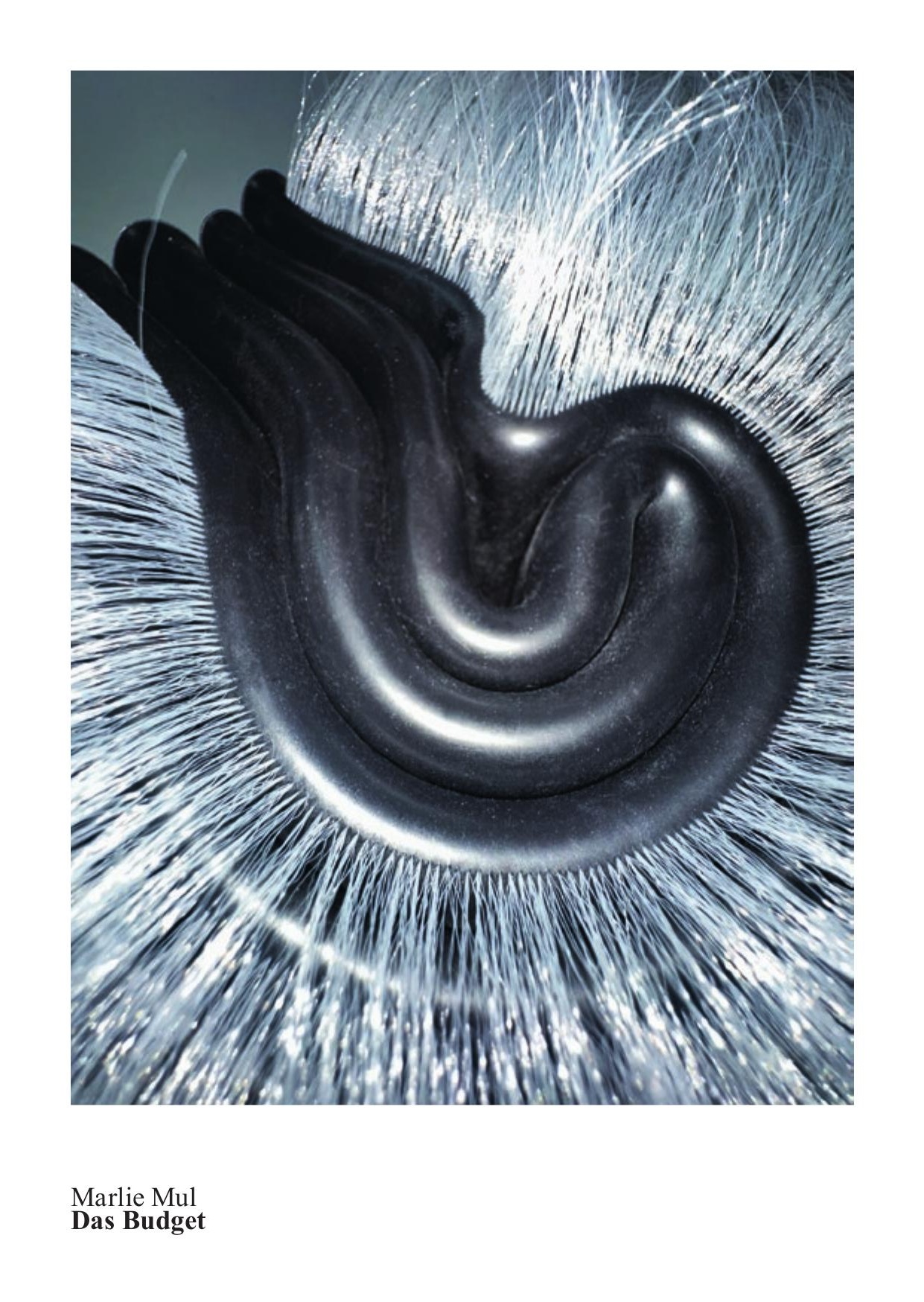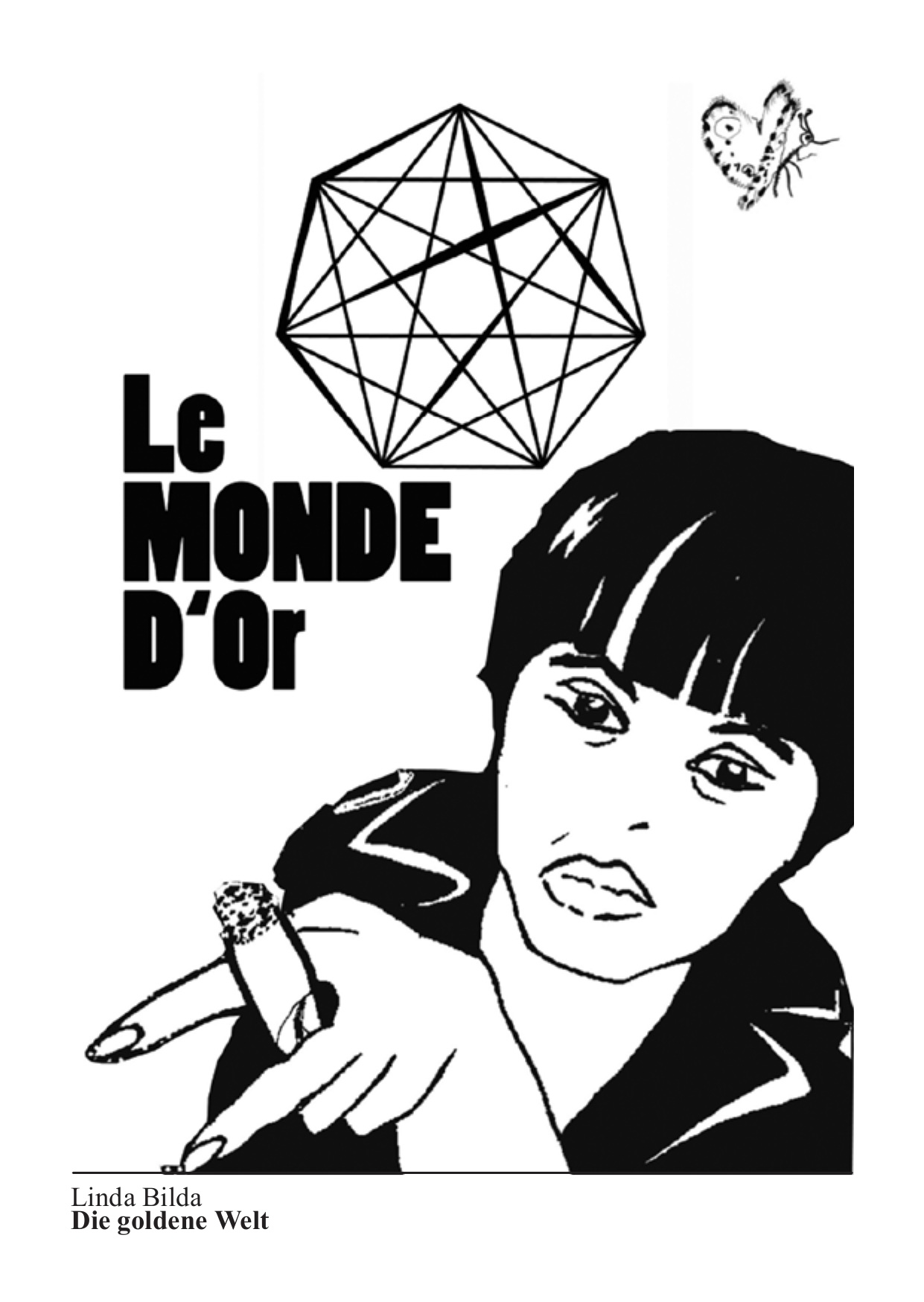7.7. – 1.9.2002
Imagineered Sculptures / Study of Former Times (and Different Places) / Somnia
This summer, the exhibition halls of the Glarus Art Museum will simultaneously host four promising young artists. Their work will not, however, be on view as a group exhibit, but rather as four autonomous individual presentations. As has frequently been the case in the recent past, the Glarus Art Museum will act as an experimentation platform for artists whose work is still barely known to the art public. Hellen van Meene has an impressive exhibition biography abroad, but until now has barely been noticed in Switzerland. Ruth Blesi and David Chieppo are exhibiting their works in the Glarus Art Museum for the first time in an institutional setting. Andrea Iten, whose video work has been presented at numerous video festivals, is taking the daring step toward a spatial production with video and sound in her exhibit Somnia.
The Dutch artist Hellen van Meene (born 1972, works und lives in Alkmaar), who has caused a stir in recent years with her portrait photography productions (including in the Photographer’s Gallery in London, 1999), is presenting her work in Switzerland for the first time at the Glarus Art Museum. She produces situations with girls who on the photographs appear to be at the same stage of development – between childhood and adulthood. In spite of the varying physiognomies of the girls, the photographs are dominated by the feeling of being a stranger in one’s own body. Like a theater director, she chooses her models, their clothes and make-up, and determines the incidence of light and the stage setting. The scenes are rarely improvised on location – the artist has a detailed picture in her head before releasing the shutter. At first glance, van Meene’s pictures appear to fit seamlessly into the classical portrait photography of Walker Evans, Diane Arbus or – as a current reference – Rineke Dijkstra. Unlike her presumed predecessors, however, Hellen van Meene does not try to capture the individuality and personality of her models, but rather employs them as actresses. Only at second glance does it become apparent that van Meene’s works are precise and careful productions, in which the girls are simultaneously themselves as well as someone else. By determining the image composition, Hellen van Meene barely leaves her models room for subjective interpretations. But because she operates with the language of classical portrait photography, the observer is often misled and stumbles in each detail over van Meene’s manipulations. What is fascinating about Hellen van Meene’s work and what defines its paradoxical character is the interplay between reality and fiction, between the expectations of the observer and the allusions in the picture.
Ruth Blesi (born 1968 in Glarus, lives and works in Zurich), who recently completed the art class at the University of Art and Design Zurich, was noticed last year for her series of large-format inkjet prints of computer-manipulated photographs, Imagineered Sculptures. In the middle of a dreary no man’s land, in transitional settings between civilization and wilderness, odd shapes appear, the function of which cannot be clearly determined. Are they architectures, sculptural forms, machine parts, or even organic material? Why are the proportions between shapes and surroundings difficult to gauge, why is the lighting somehow unnatural? Ruth Blesi’s work Imagineered Sculptures can be interpreted as the transfer of sculptural work into a digital medium. The large-format inkjet prints – far removed from the accustomed high-gloss aesthetic of computer-manipulated photographs – are fascinating due to their oppressive atmosphere, which arises in part through the impossibility of determining and situating the ‹monumental sculptures› within their image context.
David Chieppo (born 1973 in New Haven, lives and works in Zurich) reacts to his surroundings in countless drawings, some of which he dashes off spontaneously, others of which he executes with great care on wastepaper. Without committing to a particular style, he interprets image material from the media, especially from the daily press, in an entirely subjective manner, thereby making it his own. The impression is created of a (fictitiously) autobiographically influenced work with critical references to the self-understanding of the Western world and in particular of America. The artist is planning an installation with drawings and paintings for his first exhibition in an art institution. The Schneeli Hall will be structured using neoclassical pillars drawn on paper, which can be interpreted as an ironic commentary on the 50‘s modern architecture of the Glarus Art Museum and the artist’s predilection for somewhat timeworn artistic eras. In addition to a selection of drawings from his vast artistic output of recent years, his newest pictures – small-format portraits – will be on display, perhaps combined with pictures and sculptures from the collection of the Glarus Art Association.
When the Glarner artist Andrea Iten (born 1959, lives and works in Basel) makes pictures drift past us on video from travels on faraway continents, she does this not for the sake of the exoticism of these places, but rather to use the distance achieved to risk a fresh look at our own environment. In her newest work Somnia, a multi-part video and spatial installation daringly connecting video art and theater, Andrea Iten will send visitors on a journey to their inner self: to the terra incognita of sleep. The installation, which opens itself to the public as a spatial triptych, can also be circumambulated and used. Important elements of Andrea Iten’s previous work – the precise use of text, playing with the level of images and sounds, the choice of spectacularly unspectacular images – become denser in Somnia and undergo an important extension: The powerfully spatial production enables the observer not only to view the images from everyday life and from the sleep laboratory from the outside, but also to internalize them in the ‹quiet room› (through a subtle sound installation). ‹Somnia takes note of the work of the imaginary. By continuously walking along, changing, and renegotiating the borders between the internal and the external, day and night, sound and silence, composition and association, a new discourse arises against the coma of images; a discourse under the protection of which sleep maintains its mystery. Even the metaphor, which crosses borders in the same way as the threshold it occupies, refuses the obsession with clarity: Somnia, meaning sleep – but also: dream, delusion, sleep of death,› writes the dramaturge Regine Halter, who has followed the development of the project from its inception.

















